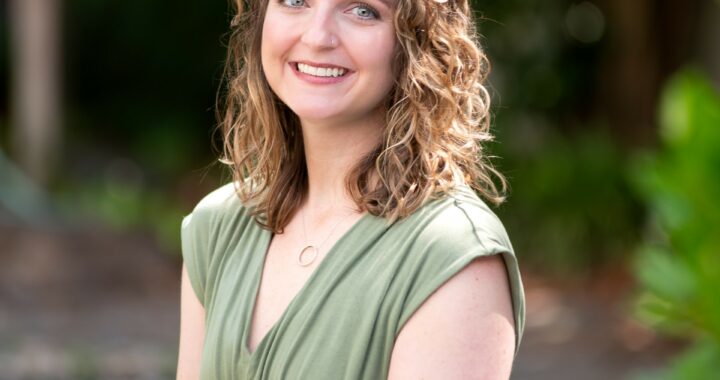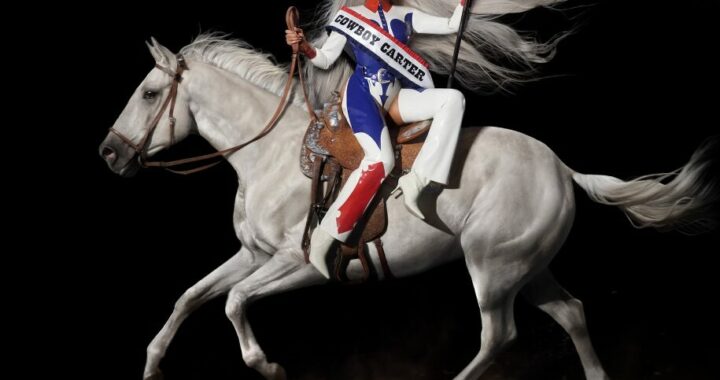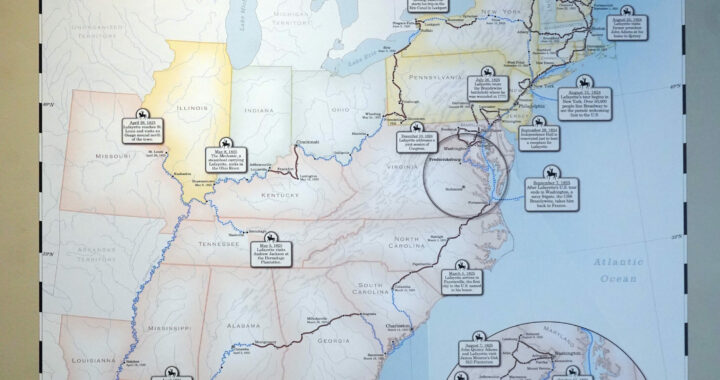Alum Lands Picture Perfect Job
3 min readBy Brynn Boyer
Joanna Pinneo had dinner with Yasser Arafat, was bitten by a poisonous scorpion and witnessed the dismantling of the Berlin Wall in the 30 years since her graduation from the University of Mary Washington.
The Pulitzer Prize nominated photojournalist, whose work has appeared on the cover of the National Geographic magazine, came to speak at the campus on Wednesday, March 26.
Pinneo started out as a studio art and psychology major during her time at UMW.
“I didn’t draw well enough to make a living,” the 1976 graduate said. “Plus, I was dissatisfied with the vagueness of psychology.”
But after taking a photography class and spending hours in the darkroom, Pinneo discovered her passion for photography.
“I found that a camera was the right tool for me,” Pinneo said.
Her photos have been deemed intriguing, emotional and full of color and typically focus on the human element of a story.
“Photographing people is my expertise,” Pinneo said.
Pinneo discussed a slideshow of photos from her work with National Geographic and other publications taken in more than 65 countries.
A rickshaw driver in the slums of Calcutta, the burning rainforest in South America and a funeral procession in Northern Ireland—all captured by the lens of a former Battlefield yearbook photographer.
“She is phenomenal,” Junior Katie Ropinson said after hearing Pinneo’s presentation. “She’s seen so much and is such a lucky person.”
Pinneo’s post-graduate photography career would ultimately lead to the fulfillment of her ultimate goal – to be a National Geographic photographer.
After working for The Associated Press, the International Mission Board’s magazine,The Commission and U.S. News & World Report, Pinneo was still waiting for her chance to get an assignment with the gold-edged Holy Grail for photographers.
While covering assignments in El Salvador, Uganda, and Egypt in the mid 1980s, Pinneo showed her portfolio to Sam Abell, a top photographer already established at National Geographic.
Frequent phone calls to the magazine’s headquarters in New York didn’t yield immediate results.
“They would look at my portfolio and do the ‘We’ll call you’ thing,” she said.
Finally, in 1990, over 10 years after Pinneo first started working as a photojournalist, she got her first assignment with National Geographic.
For the assignment, Pinneo spent about three months living at the West Bank of Palestine, capturing the daily life of the villagers.
It was during her time in Palestine that Pinneo had the opportunity to photograph Palestinian prime minister Yasser Arafat.
“We went over to his house to eat dinner,” she said. “He even served the soup, but not before someone came in to taste the food.”
However, the most resonating experience for Pinneo on the trip was when she witnessed the death of a young Palestinian boy shot by Israeli soldiers.
“She gives voices to a lot of people that otherwise wouldn’t have a voice,” Ropinson said after hearing of this particular experience.
In her eight years with National Geographic, Pinneo traveled the world, photographing pieces in areas like the Balkans, the Sonoran desert and Pamplona, Spain.
Every photograph she showed was accompanied by its own story.
There was the time she stayed overnight in an igloo in the Arctic, dressed up like the “Michelin Man.” Then, there was the time she was two feet away from a charging bull running down the streets of Pamplona, Spain.
Despite the excitement of being a world traveler, Pinneo noted that being a photographer is a “lonely and isolating job,” one that requires an ability to stay in the background and make friends quickly.
Her last assignment for the National Geographic was a piece on the Sudan that she worked on two years ago. She spent about seven months on the project for which she rode through the desert on a camel drive and almost lost her arm due to a poisonous scorpion bite.
Pinneo has since left behind the exotic locales and international stories to focus on her personal project about teenage girls from various cultures and coming of age rituals, called Grrlstories.com.
Despite leaving National Geographic, Pinneo plans to continue snapping pictures.
“I simply like telling stories with a camera,” Pinneo said.


